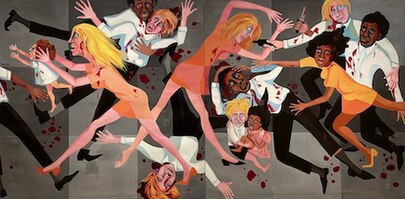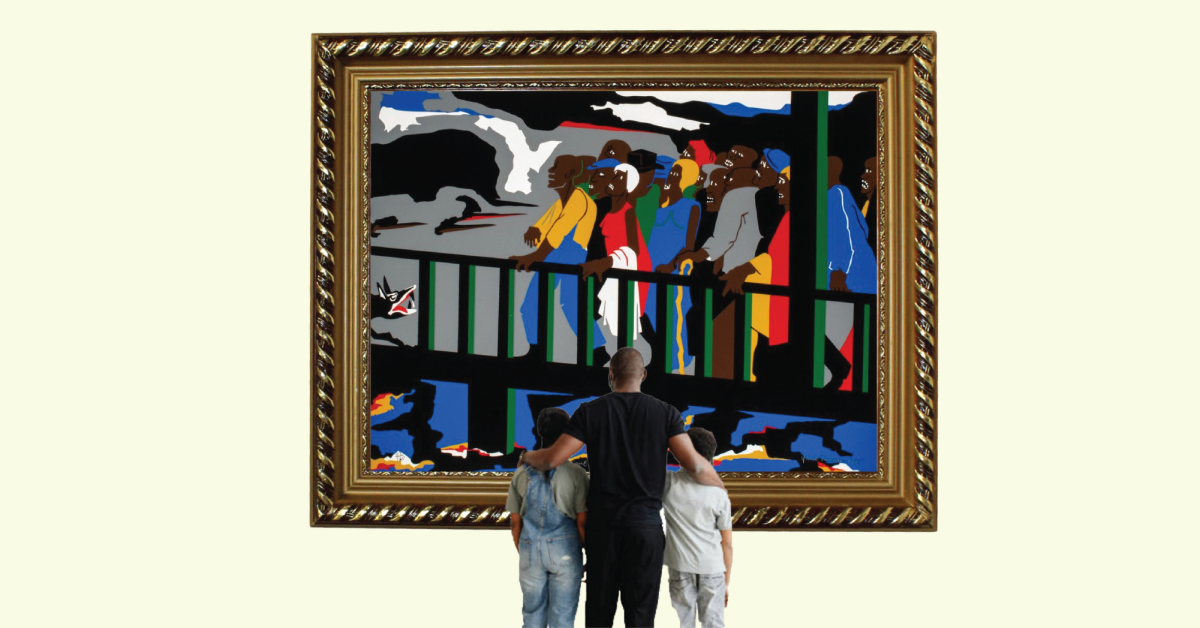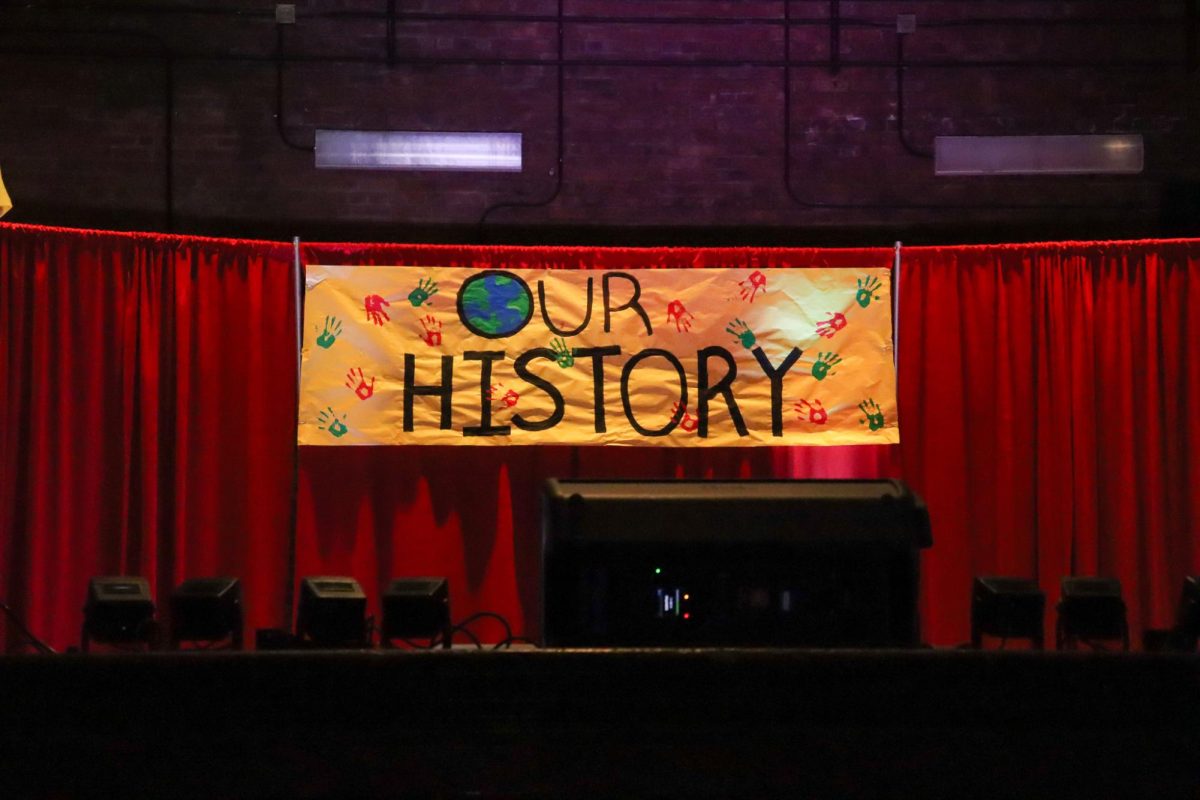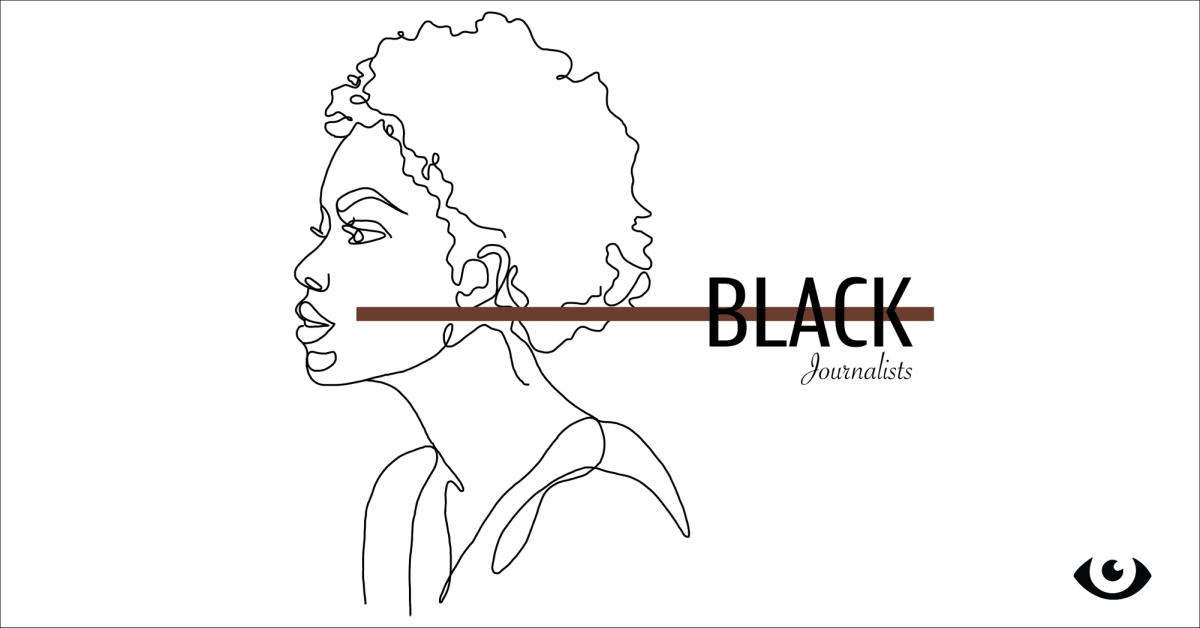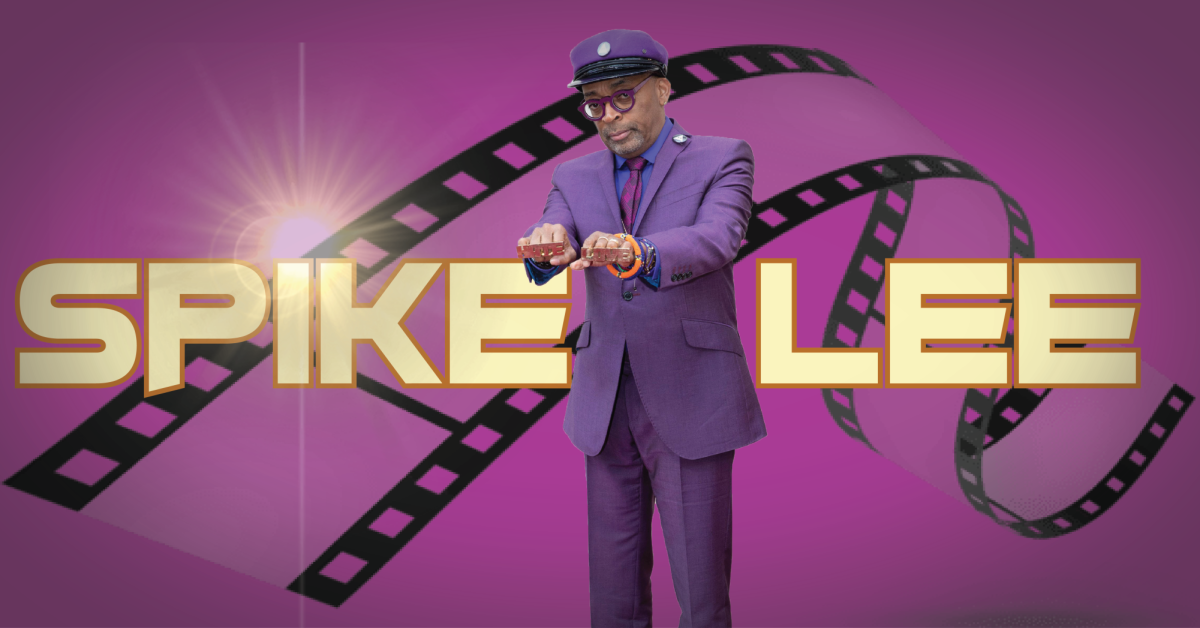The American Civil Rights Movement was a campaign for social change and freedom that occurred between 1954 and 1968. Led in large part by Reverend Dr. Martin Luther King Jr., much of the movement prided itself on nonviolence and civil disobedience. Other groups within the movement, however, focused more on economic self-determination, cultural pride and black progress.
The Civil Rights Movement led to countless legal and social changes as well, including but not limited to the Civil Rights Act of 1957, the Civil Rights Act of 1964, the Voting Rights Act of 1965, the Civil Rights Act of 1968 and the Equal Employment Act of 1972 (an amendment to the Civil Rights Act of 1964).
All of these changes would not have been possible without the bravery of those who stood up for their own rights, and the rights of others. In an era of social repression, people needed a means by which they could express themselves. While protests allowed for thousands, if not millions, of voices to be heard, art from the Civil Rights Movement conveyed messages that words alone could not.
“Confrontation on the Bridge” (1975)
American painter Jacob Lawrence was commissioned to create “Confrontation on the Bridge.” which depicts the three 1965 marches from Selma, Alabama to the state capital of Montgomery. The goal of the marches was to stop harassment against African Americans at voting locations. The first march took place on March 7, and was later referred to as “Bloody Sunday” when State Troopers brutally beat and tear gassed unarmed protesters. The second march took place two days later, when protesters were stopped again by state troopers at the Edmund Pettus Bridge. This time, Dr. Martin Luther King Jr. led a prayer on the bridge and guided the march back to Selma, without crossing the bridge. The third occurred on March 21, and this time the protestors were protected by President Johnson as well as the National Guard and FBI agents. These marches led to the Voting Rights Act later that year. In the painting, the trooper’s brutal actions are represented by the snarling dog, while on the right there are various ages of African American women and men huddled together to symbolize unity and strength in numbers.
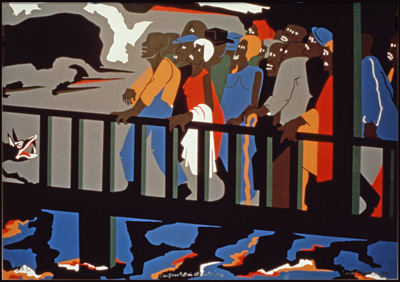
“Behold thy Son” (1956)
“Behold thy Son,” a painting by David Driskell, pays homage to Emmet Till. In 1955, at the age of 14, Emmet Till was kidnapped, tortured and lynched after being accused of harassing a white woman, Carolyn Bryant, in her husband’s convenience store. Her husband, Roy Bryant, as well as her brother-in-law, had beaten Emmet Till’s body into disfigurement and shot him before dumping his body into the Tallahatchie River. Around 60 years later, at age 82, Carolyn Bryant confessed to lying about Till harassing her. Emmet Till’s highly publicized death catalyzed the increased urgency behind the Civil Rights Movement. Not only was Emmet Till remembered through art such as “Behold thy Son”, but also through a movie of his life, Till. Released in 2022, Till retells his story, and follows his mother Mamie Till’s “relentless pursuit for justice for her 14-year-old son”.
Behold thy Son depicts a version of the Virgin Mary, a symbol for Mamie Till, cradling the dead body of Christ, representing Emmet Till. It is meant to show the events following Christ’s crucifixion, or Emmet’s death. The name of the painting is a reference to the Bible, as Jesus’s last words were, “Woman, behold thy son!”. In a modern day “Pieta,” Driskell portrays the sorrow of losing a child, and the plights of many Black families in America.
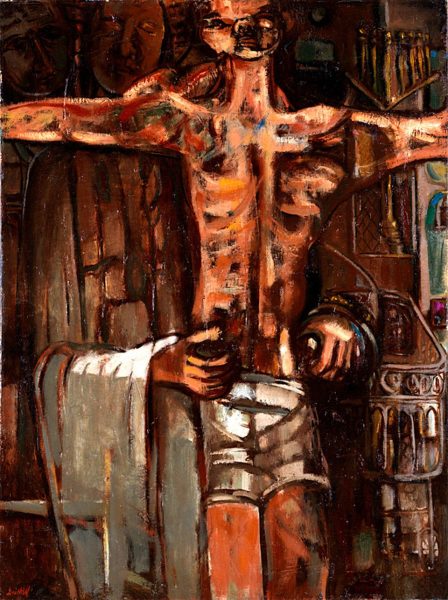
“American People Series #20: Die” (1967)
“American People Series #20: Die” is an oil painting by Faith Ringgold. Inspired by both Jacob Lawrence’s dynamic cubism as well as Pablo Picasso’s “Guernica”, Ringgold created the painting in response to the series of race riots around 1967. From 1965 to 1968 there were over 150 riots, most during the summer of 1967, with this period of time later referred to as “Long Hot Summer”. These riots happened in cities such as Atlanta, Boston, Cincinnati, Buffalo and Tampa. Most riots had the same triggering event: a dispute between white officers and black citizens, totaling to around 83 deaths and 17,000 arrests. The deadliest riot happened in Detroit which resulted alone in 43 deaths and 7,200 arrests over a five day period.
Ringgold has explained that people from various communities were involved in the riots, hence why half the people in the painting are black and the other half are white. The two children in the center are huddled together, afraid of the chaos around them, symbolizing the confusion and innocence of all the young children who witnessed the riots.
